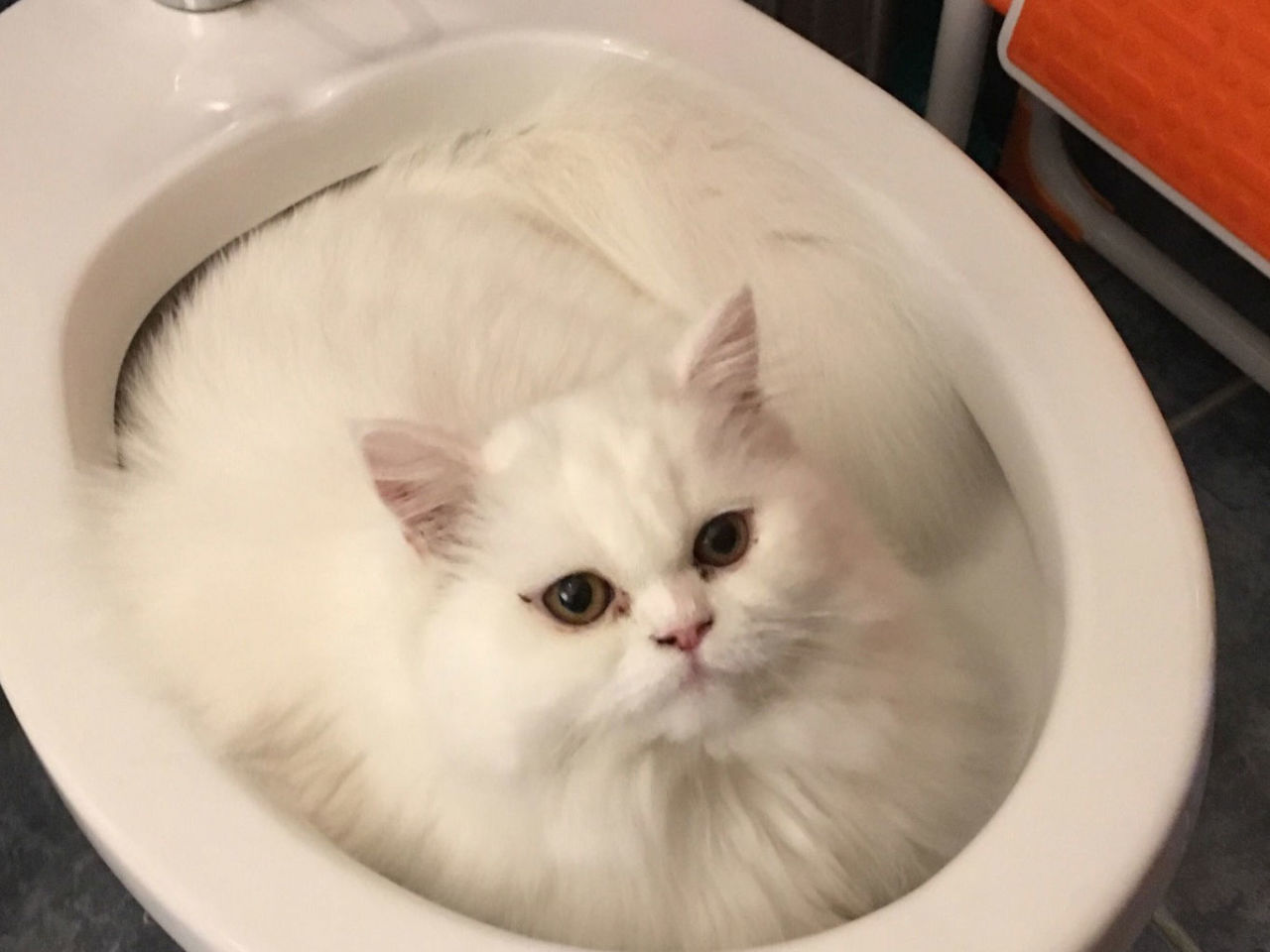Are you currently looking for facts on Don’t flush cat feces down the toilet?

Introduction
As pet cat proprietors, it's necessary to be mindful of how we get rid of our feline pals' waste. While it may appear convenient to flush feline poop down the commode, this technique can have destructive consequences for both the setting and human health and wellness.
Ecological Impact
Purging pet cat poop presents dangerous pathogens and parasites into the water, posturing a significant threat to aquatic communities. These contaminants can adversely influence aquatic life and concession water quality.
Health Risks
Along with ecological worries, flushing pet cat waste can likewise present health threats to humans. Pet cat feces might have Toxoplasma gondii, a parasite that can create toxoplasmosis-- a possibly extreme disease, specifically for expecting women and people with weakened body immune systems.
Alternatives to Flushing
Thankfully, there are much safer and extra liable ways to deal with feline poop. Consider the following options:
1. Scoop and Dispose in Trash
One of the most typical approach of throwing away feline poop is to scoop it right into a biodegradable bag and toss it in the trash. Be sure to utilize a committed clutter scoop and dispose of the waste without delay.
2. Use Biodegradable Litter
Go with naturally degradable cat trash made from materials such as corn or wheat. These trashes are eco-friendly and can be securely gotten rid of in the trash.
3. Hide in the Yard
If you have a backyard, think about burying cat waste in a marked location away from vegetable yards and water resources. Be sure to dig deep sufficient to stop contamination of groundwater.
4. Install a Pet Waste Disposal System
Invest in a family pet garbage disposal system especially created for feline waste. These systems utilize enzymes to break down the waste, reducing odor and ecological influence.
Conclusion
Responsible family pet possession prolongs past supplying food and sanctuary-- it also includes appropriate waste monitoring. By refraining from purging cat poop down the commode and opting for alternative disposal approaches, we can minimize our ecological impact and shield human wellness.
Why Can’t I Flush Cat Poop?
It Spreads a Parasite
Cats are frequently infected with a parasite called toxoplasma gondii. The parasite causes an infection called toxoplasmosis. It is usually harmless to cats. The parasite only uses cat poop as a host for its eggs. Otherwise, the cat’s immune system usually keeps the infection at low enough levels to maintain its own health. But it does not stop the develop of eggs. These eggs are tiny and surprisingly tough. They may survive for a year before they begin to grow. But that’s the problem.
Our wastewater system is not designed to deal with toxoplasmosis eggs. Instead, most eggs will flush from your toilet into sewers and wastewater management plants. After the sewage is treated for many other harmful things in it, it is typically released into local rivers, lakes, or oceans. Here, the toxoplasmosis eggs can find new hosts, including starfish, crabs, otters, and many other wildlife. For many, this is a significant risk to their health. Toxoplasmosis can also end up infecting water sources that are important for agriculture, which means our deer, pigs, and sheep can get infected too.
Is There Risk to Humans?
There can be a risk to human life from flushing cat poop down the toilet. If you do so, the parasites from your cat’s poop can end up in shellfish, game animals, or livestock. If this meat is then served raw or undercooked, the people who eat it can get sick.
In fact, according to the CDC, 40 million people in the United States are infected with toxoplasma gondii. They get it from exposure to infected seafood, or from some kind of cat poop contamination, like drinking from a stream that is contaminated or touching anything that has come into contact with cat poop. That includes just cleaning a cat litter box.
Most people who get infected with these parasites will not develop any symptoms. However, for pregnant women or for those with compromised immune systems, the parasite can cause severe health problems.
How to Handle Cat Poop
The best way to handle cat poop is actually to clean the box more often. The eggs that the parasite sheds will not become active until one to five days after the cat poops. That means that if you clean daily, you’re much less likely to come into direct contact with infectious eggs.
That said, always dispose of cat poop in the garbage and not down the toilet. Wash your hands before and after you clean the litter box, and bring the bag of poop right outside to your garbage bins.
https://trenchlesssolutionsusa.com/why-cant-i-flush-cat-poop/

We hope you enjoyed our article about Don’t flush cat feces down the toilet. Thanks so much for finding the time to read through our short article. Do you know anybody else who is excited by the niche? Be sure promote it. Thank you so much for taking the time to read it.
Schedule Service Pickup